Affiliate links on Android Authority may earn us a commission. Learn more.
Android Authority's smartphone and tech predictions for 2021

If nothing else, 2020 was a very good year for smartphones. We saw a number of compelling products at a range of price points. There were even a few interesting surprises that shook up our expectations coming into the year. We’re already excited to see what’s in store for 2021.
I don’t think too many people would have predicted how 2020 would turn out, but we’re going to try our best at some crystal ball gazing for the next twelve months. These are a few of the Android Authority staff’s best and most out-there predictions for 2021.
5G, 5G, 5G
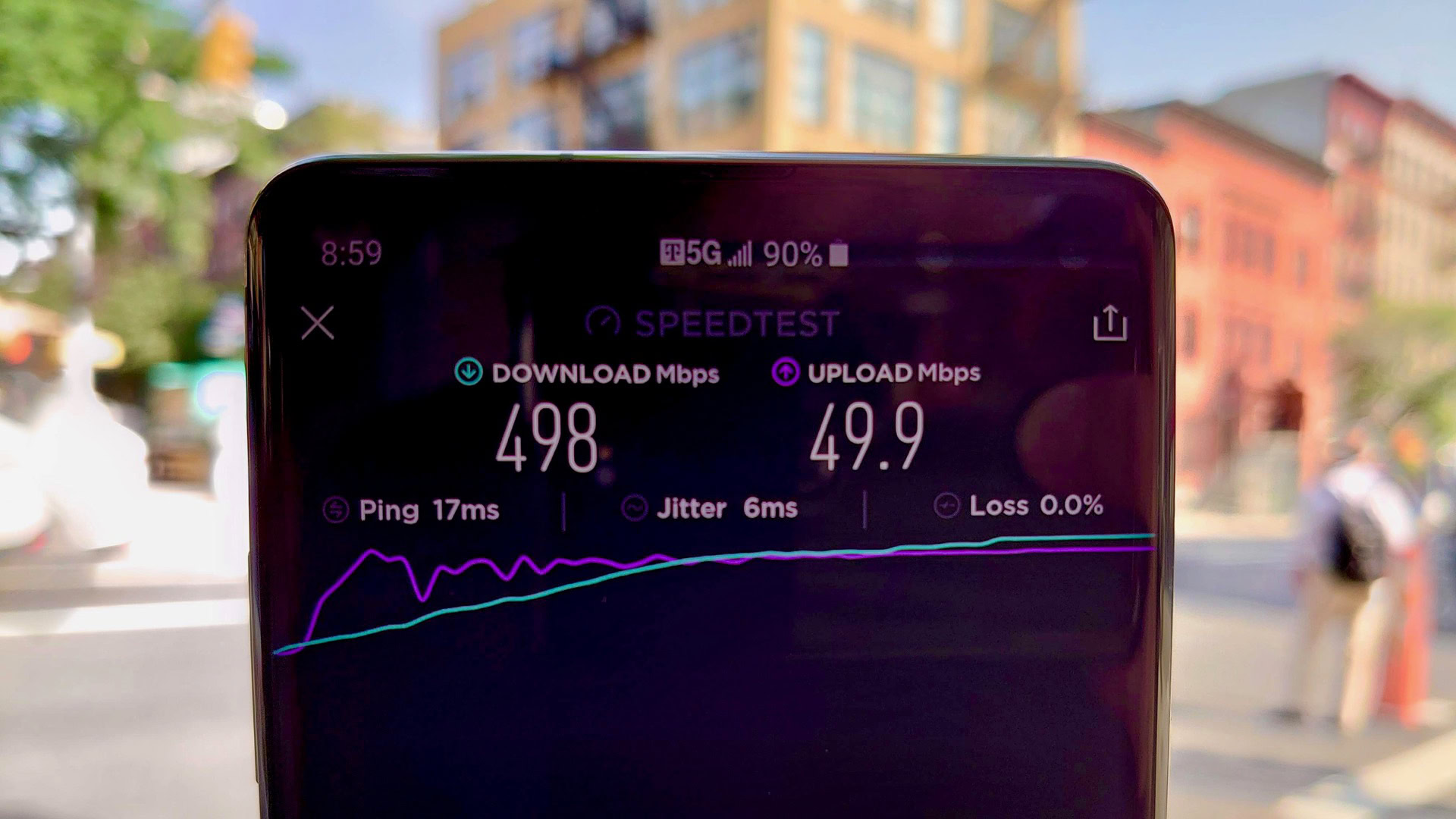
5G became increasingly viable throughout 2020 and is poised to become a mainstream technology in 2021. You’re definitely going to hear much more about faster data speeds, improved coverage, and new devices over the coming twelve months.
For starters, carrier 5G rollouts are set to pick up pace in the coming year. Coverage will also improve with the addition of low-band frequencies and sub-6GHz FDD spectrum to various networks around the world. At the same time, peak 5G speeds in cities will improve as a number of countries flick the switch on their first mmWave frequencies in 2021. Networks across Europe, China, Latin America, Australia, and parts of Southeast Asia are all gearing up their mmWave launches throughout the coming year. Although it’s not like 4G LTE isn’t already pretty fast anyway.
Read more: 5G in 2021: Here’s what to expect
At the same time, owning a 5G handset will be even more affordable than this year. 2020 saw the arrival of inexpensive 5G handsets, such as the Google Pixel 4a 5G and OnePlus Nord, powered by more affordable chipsets. The days of paying $1,000 for 5G are already behind us. The arrival of budget-oriented 5G processors from Qualcomm and MediaTek, which will trickle down as low as the Snapdragon 400 series, suggests that even budget phones will receive 5G in 2021.
5G might not make a huge difference to our day-to-day phone use, however. There’s still an awful lot of landmass to cover before it can close the gap with 4G. Even so, we’ll almost certainly hear even more about the technology throughout 2021.
More affordable foldable phones
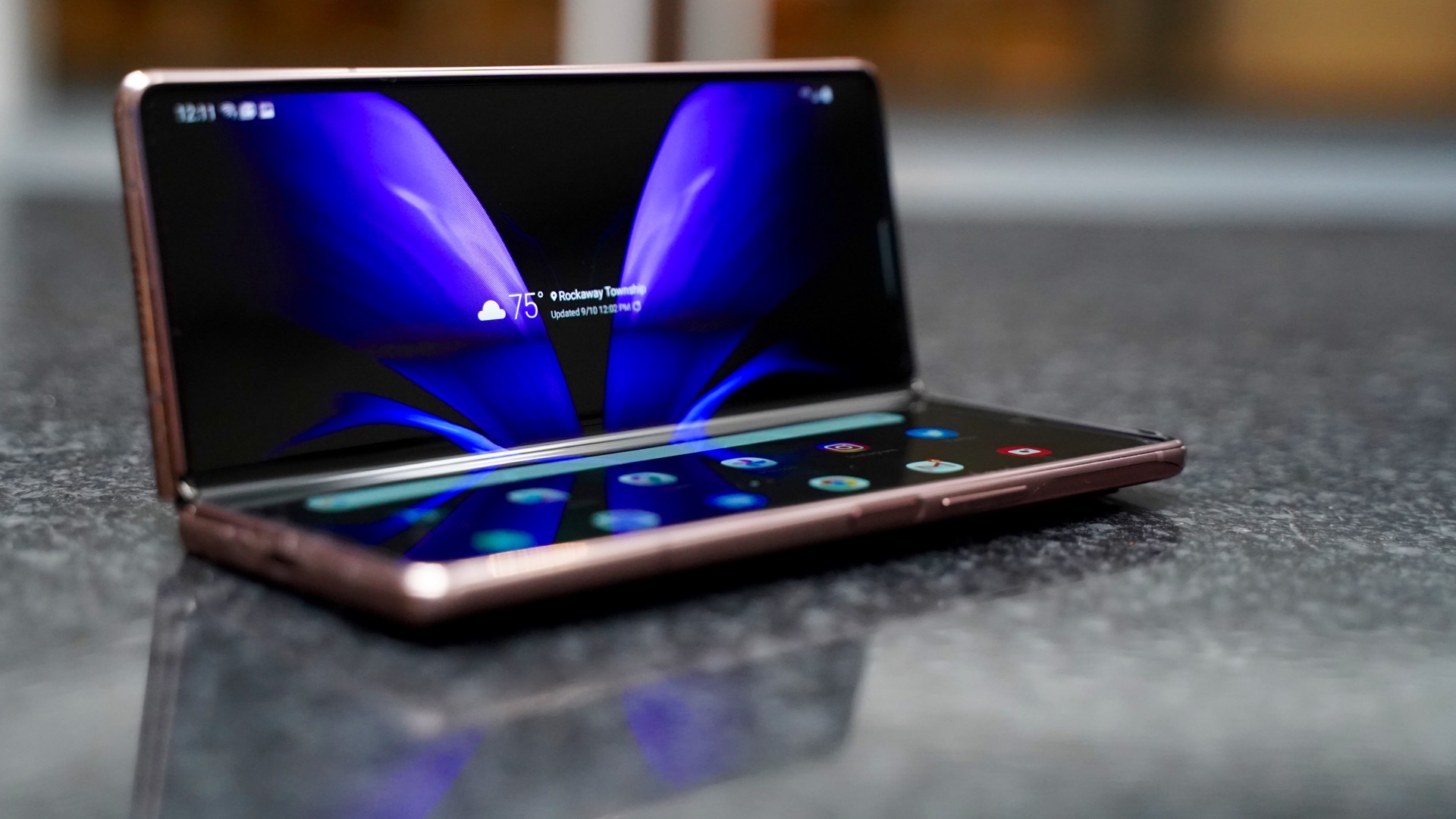
Foldable phones are one of the most exciting innovations in the mobile space. However, high prices have kept them out of most consumer hands so far. We’re still expecting foldable handsets to remain limited to the upper-tiers of the market for the foreseeable future, but perhaps a little less expensive than the $1,500 price tags we’ve seen so far.
Back in early December, Samsung hinted at “more accessible” foldables on the way for 2021. Rumors point to the release of as many as four Samsung foldables in 2021. That includes two Galaxy Z Fold 3 variants and two Z Flip 2 editions. A bigger selection of handsets is an indication of a wider variety of prices coming our way. Surely, there will be an option that costs less than $1,000.
Related: The best foldable phones you can get
The market for bending smartphones looks set to become more competitive too. And more competition is always a good thing for prices. We’re anticipating new foldables from HUAWEI and LG in 2021. We’ve also seen concepts from TCL, OPPO, and Xiaomi that are yet to make their way to the market. Foldables are still in their infancy and certainly won’t become ultra-affordable in 2021, but the market is poised to offer us a bit more choice over the coming year.
Tough times ahead for Intel
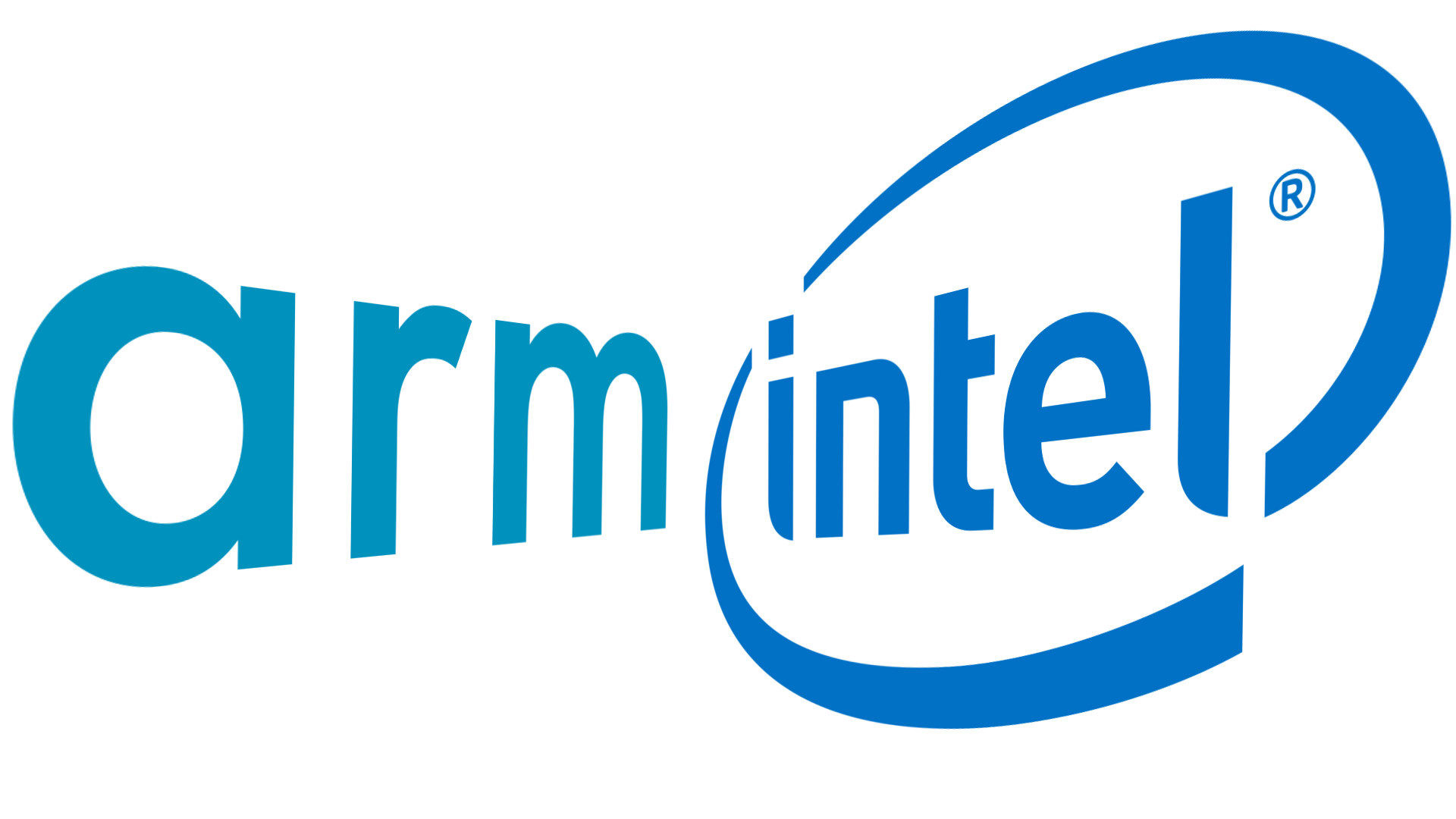
Time for a broader tech prediction: we’re not expecting a good year for Intel.
The arrival of AMD’s Zen 3 architecture saw Intel’s longstanding rival snatch the PC performance crown. This turned up the heat on Intel’s market share in the gaming and high-performance PC markets. Stagnant progress at its foundries sees Intel lagging behind on transistor density and silicon efficiency. Continued delays to its roadmap haven’t convinced the industry that Intel will have its manufacturing problems solved anytime soon. Intel’s 7nm chips have now been delayed until 2022.
The final hammer blow came at the end of the year, with Apple kickstarting the transition to its in-house PC silicon. As a major customer, the loss could slash Intel chip sales by millions of units over the coming years. In fact, swathes of the PC industry, from laptops to servers, are increasingly contemplating a shift over to the more power-efficient Arm CPU architecture. Intel’s traditional markets are all under fire.
Intel is facing an uphill battle in 2021.
Intel has a few interesting ideas in the pipeline for 2021, however. Its Alter Lake desktop chips, scheduled for H2 2021, will offer a hybrid architecture with big and small performance cores. It’s an idea not worlds apart from Arm’s big.LITTLE. Similarly, Intel has new laptop chips coming under the Tiger Lake-H banner. However, these won’t deter Apple from its path towards in-house silicon. Windows laptops may benefit, but it’s equally like that Windows on Arm garners more interest now that Apple has made the Arm conversation mainstream.
Intel will also enter the GPU market with its in-house XE card to rival options from AMD and NVIDIA. Yet, it’s unlikely that Intel’s first-gen silicon will offer major competition to these two for top-tier graphics performance. It remains to be seen what appeal these GPUs will have for gamers.
Intel is far from down and out, but it’s facing an uphill battle to regain some much-needed momentum. Much of Intel’s 2021 success will hinge on whether its new hybrid CPU and graphics architectures launch with a bang or a whimper. Instant success is a tall order for any first-generation product.
Under-display selfie cameras
In-display fingerprint scanners are a staple of the modern smartphone market. If our prediction is correct, we could soon be saying the same about under-display selfie cameras.
ZTE pipped its rivals to the post with the first commercially available phone with an in-display selfie camera. The otherwise unremarkable Axon 20 5G takes fairly shaky photos via its front-facing camera, but the tech behind it could be a sign of things to come.
Samsung is said to be preparing its first under-display selfie camera, which will likely debut in one of the brand’s 2021 foldable phones. Samsung isn’t alone, however. OPPO showcased a prototype back in 2019 but has yet to unveil a commercial product. Xiaomi announced it’s developing its own under-display camera technology too, with the first handsets planned for release in 2021. Nevertheless, the company has previously aired reservations about how good this technology can be.
We should probably temper expectations for these hidden smartphone cameras. The technology has been available for a little but the Axon 20 5G shows that image quality isn’t quite up to standard. There may also be other compromises to moving to in-display solutions that will keep manufacturers mostly opting for the punch-hole. While we want to see under-display selfie cameras become a reality, be prepared for a very first-gen experience in 2021.
Rebirth of the compact flagship
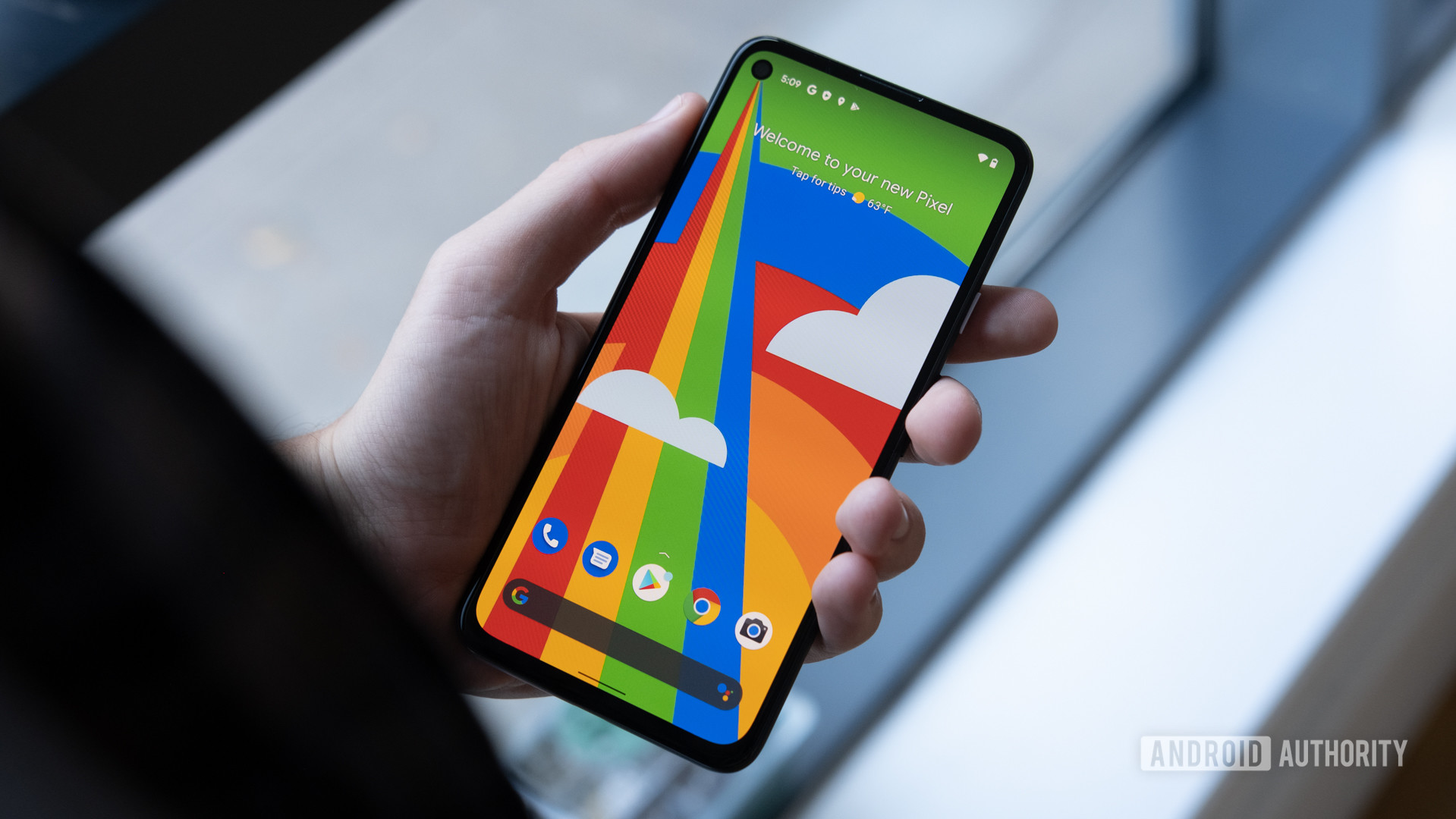
Some of our favorite 2020 smartphones are smaller compared to the market trend for 6.7-inch and larger flagships. The Google Pixel 4a and Apple iPhone SE are two exceptionally small and brilliant handsets. The slim Sony Xperia 5 II, along with the smaller versions of the iPhone 12 and Galaxy S20, are also some of our preferred picks over their gargantuan Max and Ultra siblings.
Specs and screen real estate are nice, but a phone needs to be great to hold in the hand too. We’re predicting, or perhaps hoping for, a few more compact (or at least sub-6-inch) handsets in 2021 to capitalize on this trend. And not just at more affordable price points. Why can’t we have a compact phone with a fully-fledged camera setup too?
Sales will ultimately decide whether the compact flagship makes a bigger comeback in the coming months. However, if the iPhone SE and latest Google Pixels prove to be as popular as their reviews indicate they should be, we’re likely to see at least a few more compact smartphone throughout 2021.
A bigger case for cloud gaming
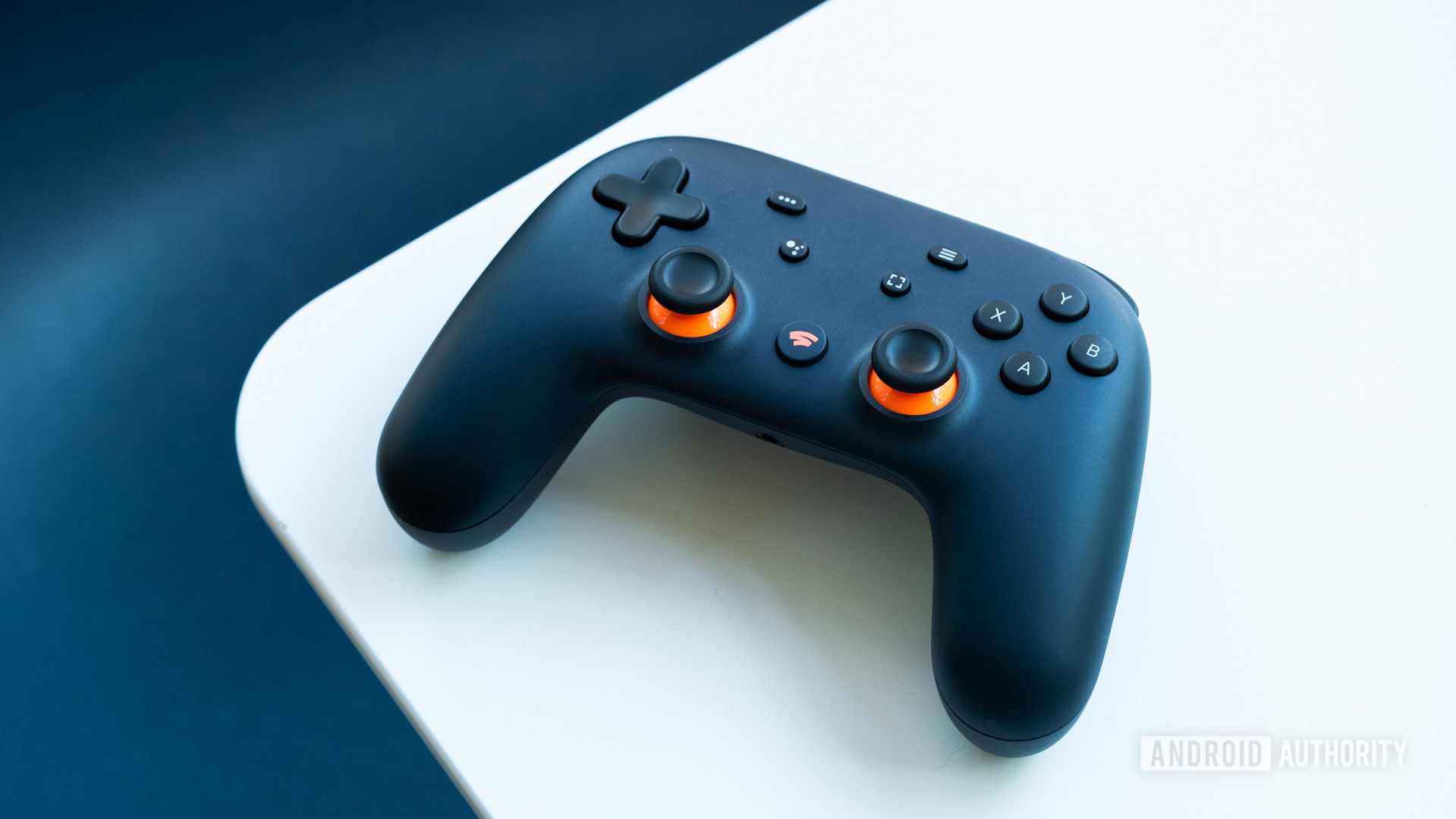
OK, Google Stadia hasn’t exactly taken the world by storm. Additionally, cloud gaming is taking a back seat to all the new console and graphics card news. However, 2021 could turn out to be a solid year for cloud gaming platforms, especially given the current state of high-end gaming.
For starters, getting your hands on the latest PlayStation or Xbox is proving pretty difficult. The hardware situation is even worse in the PC market, with NVIDIA RTX 3000 and AMD 6000 series graphics cards virtually impossible to find anywhere. Cloud gaming could help hold customers over with high profile games and top-notch graphics until hardware supply issues are sorted out. A few customers might even stick around if cloud gaming wins them around.
But even if you can buy a new console or graphics card, should you? With many recent titles suffering from questionable performance even on high-end hardware, gargantuan day-one patches, and hours wasted downloading regular updates, the case for cloud gaming’s plug-in and just play nature feels more compelling than ever. We shouldn’t forget that faster 5G networks will increasingly allow gamers to stream AAA titles wherever they are too.
We’re certainly not predicting that cloud gaming will overtake traditional gaming platforms any time soon, if ever. Yet, many gamers are perhaps starting to contemplate the benefits of cloud gaming while they hammer refresh on the order queue and twiddle their thumbs as patches download.
What about your predictions?
That’s enough from Android Authority’s crystal ball gazing. What are your biggest predictions for smartphones, and tech in general, in 2021?